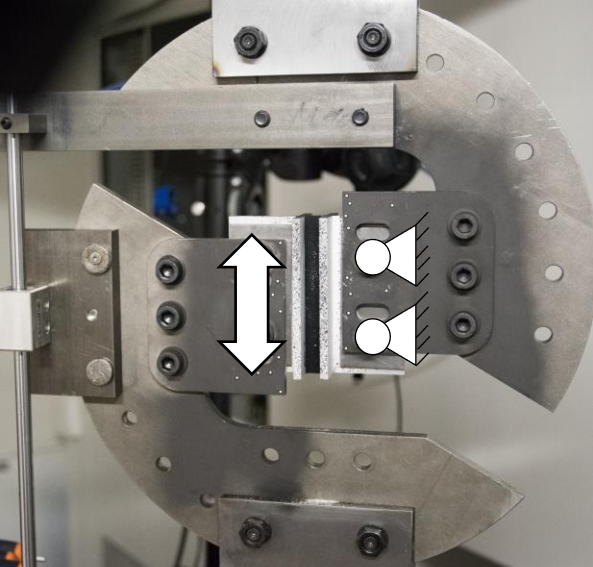Experimental Investigations on the Cyclic Load-Bearing Behavior of Structural Glazing Joints under Seismic Load

Abstract
In addition to static loads, structural glazing joints in glass and facade construction in many regions are subject to extraordinary effects such as earthquakes. Seismic actions are characterized by a randomly recurring and dynamic load that affects the structural behavior of the viscoelastic material. Publications on the load-bearing behavior and design of structural glazing joints against seismic loading have not systematically considered these effects. In this paper, relevant parameters influencing the seismic loading of structural glazing joints are determined, evaluated, and narrowed down to areas of practical relevance as part of a theoretical stress analysis.
On this basis, extensive experimental investigations of the low-cycle fatigue behavior of structural glazing joints are presented. Cyclic stress-strain curves are determined and compared with quasi-static reference tests to describe the basic low-cycle fatigue behavior. The influence of the previously determined parameters on the cyclic load-bearing behavior can thus be determined and presented. These investigations provide an important basis for describing the behavior under typical seismic random loading. In particular, the type of load application caused by the different construction types of glass and facade buildings can be mentioned as a decisive influencing factor in addition to the frequency of building construction. The results provide a first important contribution to the modeling and design of structural glazing joints against earthquake effects. Within the framework of the IGF project "RISIKO", further extensive scientific investigations will be carried out on this basis in order to develop a design model for structural glazing joints in disaster scenarios.
Published
Issue
Section
Adhesives & Composites
License
Copyright (c) 2024 Paul Müller, Christian Schuler , Geralt Siebert

This work is licensed under a Creative Commons Attribution 4.0 International License.



